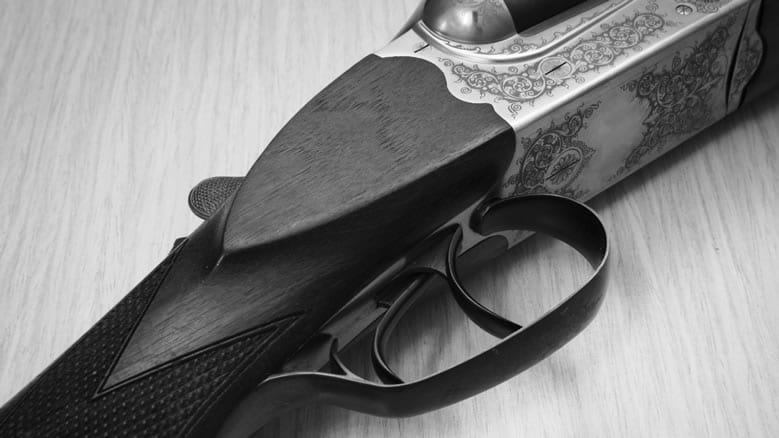
It’s come time to take your hunting, outdoor or firearms company to the next level.
You’ve gone to great lengths to prove your product is a winner and have a validated sales case study. You’ve figured out your inventory and fulfillment dilemmas and have the right people in place to scale your operation.
The next step is to generate more revenue, reach a broader audience and grow your brand.
Choosing a distributor for your custom tactical rifle, tree stand, hunting knife, optic or accessory can be a somewhat complicated process. When looking at expanding your business, you basically have three options in getting your product to your customers: Sell direct, use distribution or a combination of both.
A distributor— the proverbial middleman—maintains an active network of retailers and becomes your outsourced sales department leaving you to focus on your brand, operations and running your business. By utilizing a distributor, you ship your product to them and in most cases, they handle the rest.
In this article, are six considerations for new or emerging hunting, outdoor or firearms/accessories manufacturers considering distribution.
1. Know your customer
Believe it or not, one of your hardest questions to ask as a business owner is: Who—specifically—is our customer? I think most of us will admit we don’t know our customers as well as we should. By neglecting to have an accurate and well-defined customer or—buyer persona—you hinder the potential and effectiveness of your marketing and branding efforts once your product(s) goes mainstream.
Marketing is about knowing your customer better than anyone else. A strong marketing and branding program will entice and attract distributors and wholesalers. Communicate the specifics of your customer to your potential distributors (and/or dealers) for maximum sales and branding effectiveness.
2. Understand your product
A lot of times, you can loose focus on how your product will fit into the marketplace. Make sure to define what it is and how it will be merchandised. Is your product an aftermarket add-on or OEM (Original Equipment Manufacturer) upgrade or both? Understanding how your product fits into the marketplace is key in negotiating terms and structuring a contract.
3. Define your pricing
Before setting up meetings with distributors, make sure to define your pricing that includes MSRP, MAP, Dealer, Distributor, and OEM—make sure to pad enough in for overhead and profit. This will help you determine who the right distributor is. If you fail to examine all the factors involved in your pricing, it could be detrimental to your business down the road.
4. Define your manufacturing and shipping volumes
Quality is everything in this industry since it is so highly concentrated. Never cut corners or sacrifice craftsmanship. Once word gets out that your product is faulty, it will be difficult to recover.
In order to maintain quality—define your manufacturing and shipping volumes that you’ll be able to handle while still maintaining quality control.
If you are creating your product by injection molding and/or assembling in-house—what volume can you handle without having to expand? If you receive a large order from an OEM or a P.O. from Cabella’s—can you ramp up? Know what your capacities and contingencies are and prepare for it.
5. Don’t sign exclusive agreements, unless…
When you’re just starting out, it may be tempting to take that first exclusive deal. Only sign the agreement if it makes sense and if payment is made in advance.
6. Research and ask the important questions
When considering distribution, don’t go into it blindly. It can be a very exciting time in your business’ history, so do your due diligence to understand if the buyer is the right partner. Here are a few important questions to ask:
- How many sales personnel does your company employ?
- What are your distribution points?
- What size of dealers do you typically work with?
- What is your annual sales volume as a whole?
- Do they market a similar product that has been successful? How much did they grow the product’s sales over the last three years?
- What is the size of the initial purchase order size and what is your annual commitment to my product?
- What are your terms? (Remember you are not a bank so be very careful of whom you give terms to. 30-90 days can seem like a lifetime if you have financial obligations like shop and equipment payments.
- What are your limitations? Can I sell to dealers or consumers directly? If not, negotiate a higher price.
In conclusion, by understanding who your customer is, how your product fits into the market, manufacturing and shipping volumes, contract exclusions and asking the right questions—you’ll be better equipped to negotiate terms and identify the right distribution partner for your firearms, hunting or outdoor product.
Matt Burkett is President and Owner of Predator Tactical, a firearms manufacturer, accessories and training company.



